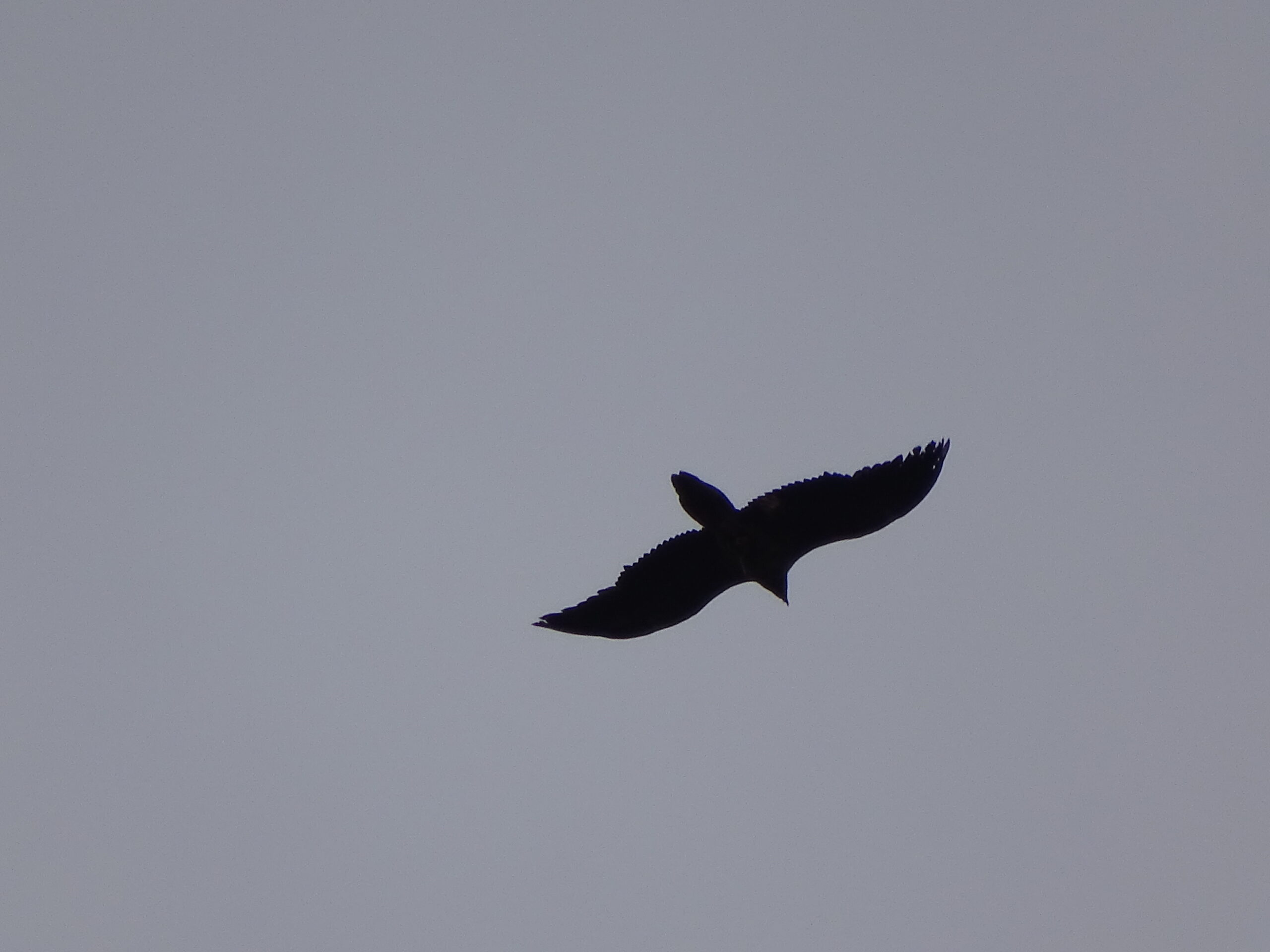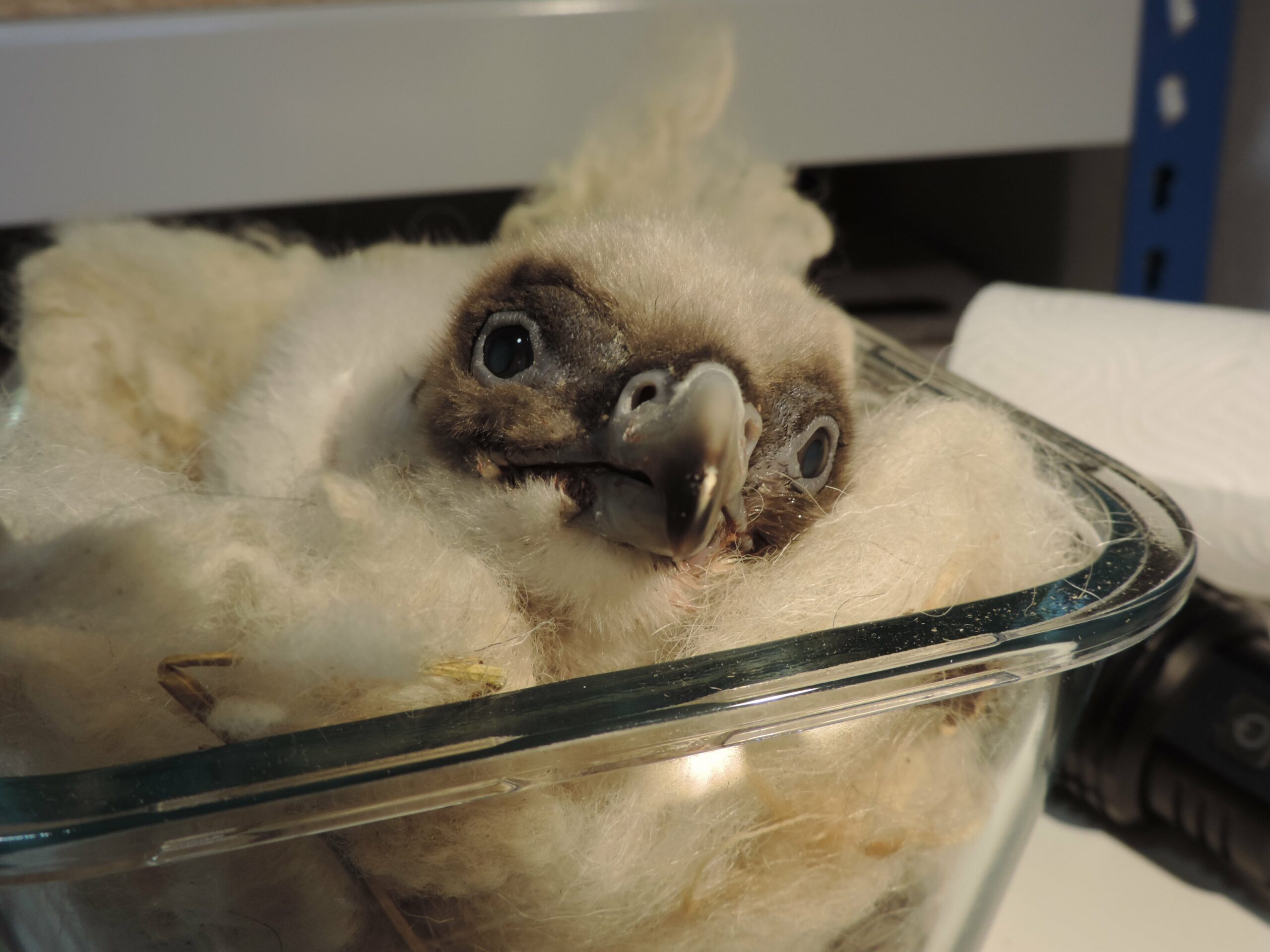
For the second day of the Annual Bearded Vulture Meeting 2018 the delegates returned to Cazorla’s Teatro La Merced to hear about the continuing conservation efforts and monitoring of the population in the Alps, conservation projects from across Europe, research into the impact of lead poisoning, wind turbine conflict and the role of other vulture species on bearded vulture reintroduction.
Bearded vulture conservation in the Alps
The International Bearded Vulture Monitoring Network (IBM) is a unique collaboration between many partners across Austria, France, Italy, Spain and Switzerland. Mirco Lauper, Co-ordinator of the IBM began the first session of Day Two by sharing some of the demographic studies based on the observations including the results from the International Observation Days that include the public in data collection. Mirco highlighted that as the wildborn population grows we need to mark these birds to help with the demographic modelling of the Alpine population.
Several partners from the IBM shared some of the updates from the different monitoring areas such as the investigation of the death of Palfrene and the observations breeding behaviour of some of the breeding birds across the Alps.
Delegates also heard about two interesting cases of pathology in wildborn birds. Firstly the case of feather deformation in bearded vultures GypHelp and Marty McFly, who were likely siblings, that prevented them from being able to fly presented by Theo Mazet and Franziska Loercher. Hans Frey followed this by sharing a case of a wildborn bird who after fledging the nest appeared to be unable to fly, Kruml5. After analysis it was discovered the bird had a deficiency of calcium the cause of which unknown but made a full recovery after three weeks in a rehabilitation centre. Hans also highlighted that even after being absent from the nest for three weeks when the bird was reunited with the parents it was fully accepted.
Bearded vulture conservation across Europe

Starting in the Swiss Alps Franziska shared the plans for the continued release of birds into the Alps and the value of these releases to boost the genetic viability of the population. The GypConnect team, Lea Giraud and Pascal Orabi updated the meeting on the progress of the project connecting the Alpine and Pyrean population. The Spanish National Plan for Bearded Vultures was shared with delegates by Ruben Moreno-Opo Diaz and we heard from Juan Jimenez about the Europe’s latest bearded vulture reintroduction project in Maestrazgo in Valencia, Spain.
Bearded vulture research
The afternoon began with two studies on the impact of lead poisoning on bearded vultures, firstly from France with Ilkya Champly from GypHelp. Ilkya shared the preliminary results from the investigation comparing the sources of lead in the diet of bearded vultures, soil, prey species with the levels of lead from lead ammunition. Enrico Bassi followed Ilkya and reported on the results of a 10 year study into the impact of lead poisoning on raptors in south western Europe, outlining the risks to bearded vultures as the range expand and overlaps with areas of high level of lead ammunition use. Both Ilkya and Enrico discussed their work engaging hunters testing the efficiency of non-lead ammunition.
Bearded vultures in north and east Africa
Leaving Europe Fabrice Cuzin gave us an update on the status of the bearded vultures in Morocco, the major threat of illegal wildlife poisoning facing this critically endangered population and the actions being carried out to support the birds in Morocco. Raphael Neouze then took the delegates to the Horn of Africa to Ethiopia presenting the work carried out by LPO to understand the population of bearded vultures subspecies Gypaetus barbatus meridionalis estimating 300 to 1,500 breeding pairs found in the country.

The day ended with presentations about predicting the areas of conflict between bearded vultures and wind turbines in the Swiss Alps from Sergio Vignali and from Bulgarian colleague Simeon Marin from Green Balkans on the reintroduction of cinereous vultures in Bulgaria and the role of Griffon and cinereous vultures could have in the reintroduction of bearded vultures in the Balkans. Louis Phipps finished the Day Two analysing the effects of different methods of tracking raptors.
Day Two was brought to a close by Jose Tavares with concluding statements and thanking our co-organisers Junta de Andalucía and Fundación Gypaetus and to Municipality of Cazorla and Province of Jaén for their generosity and support in hosting the Bearded Vulture Annual Meeting 2018.




